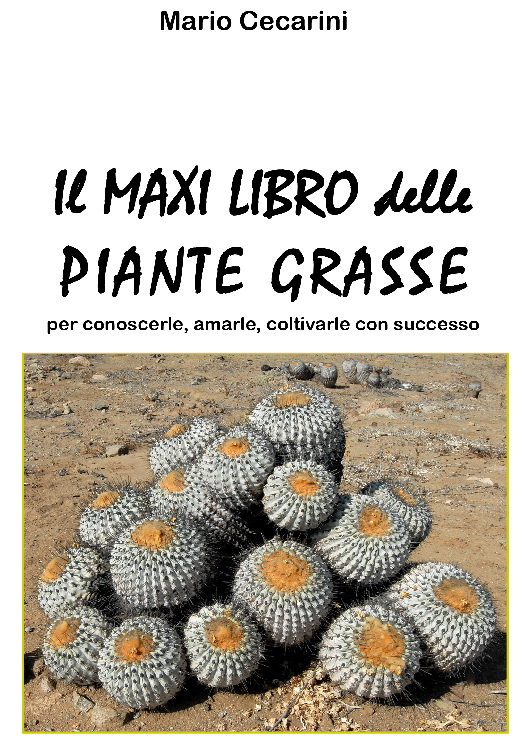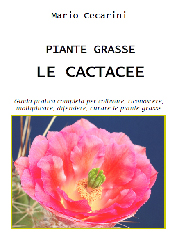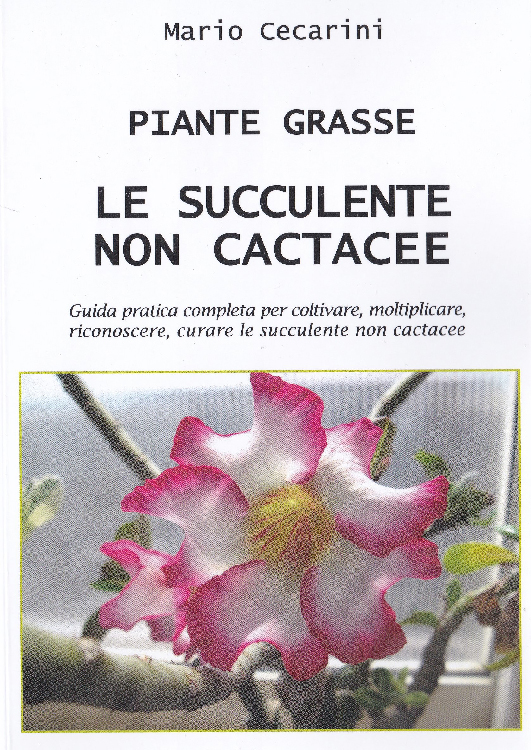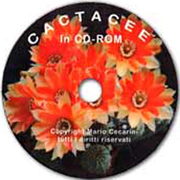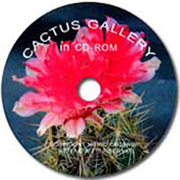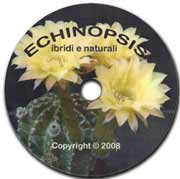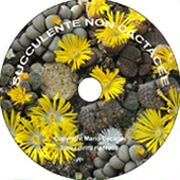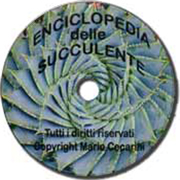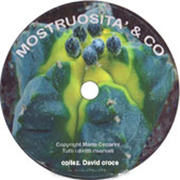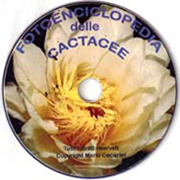Habitat: Brazil, Paraguay, Bolivia.
Description: a group of globular cacti with white, large, fragrant night-blooming flowers that wither the following day. Mature plants develop a cephalium which will bear the flowers, this not preventing the stem from growing. Small species like Buenekeri, Horstii, Araneispinus, produce a cephalium only 2 or 4 years after sowing.
Soil: fertile mix (with peat low in acidity); add some perlite in the soil surrounding the root.
Location: grow in full sun throughout the year.
Temperature: ensure a minimum temperature of 10-15°C (50-59°F), with young specimens especially; keep humidity levels in check.
Water: average but carefully controlled.
Cultivation tips: not easy in cultivation, it’s prone to cryptogamic diseases. If overwintered in a greenhouse it can be harmed by the high air humidity; they are best placed in a non-heated room (10-13°C /50-55°F minimum) and watered once every 20-30 days.
Main species of discocactus: Discocactus insignis; Discocactus alteolens; Discocactus araneispinus; Discocactus bahiensis;
D. cephaliaciculosus; Discocactus insignis; Discocactus magnimammus;
Discocactus crassispinus, with fragrant flowers; D. nigrisaetosus; Discocactus placentiformis;
Discocactus crystallophilus, with sweet-scented flowers; Discocactus pugionacanthus;
D. hartmannii; D. pulvinacapitatus; Discocactus silicicola; Discocactus heptacanthus; Discocactus tricornis; D. horstii, it has fragrant flowers.




